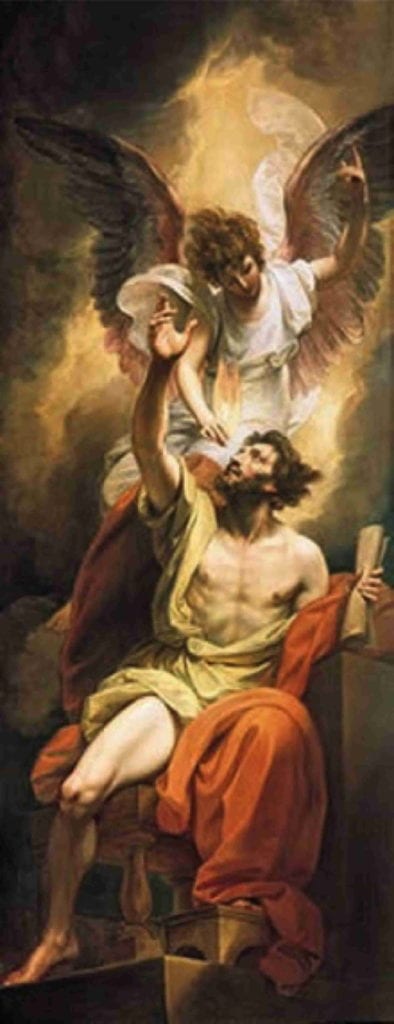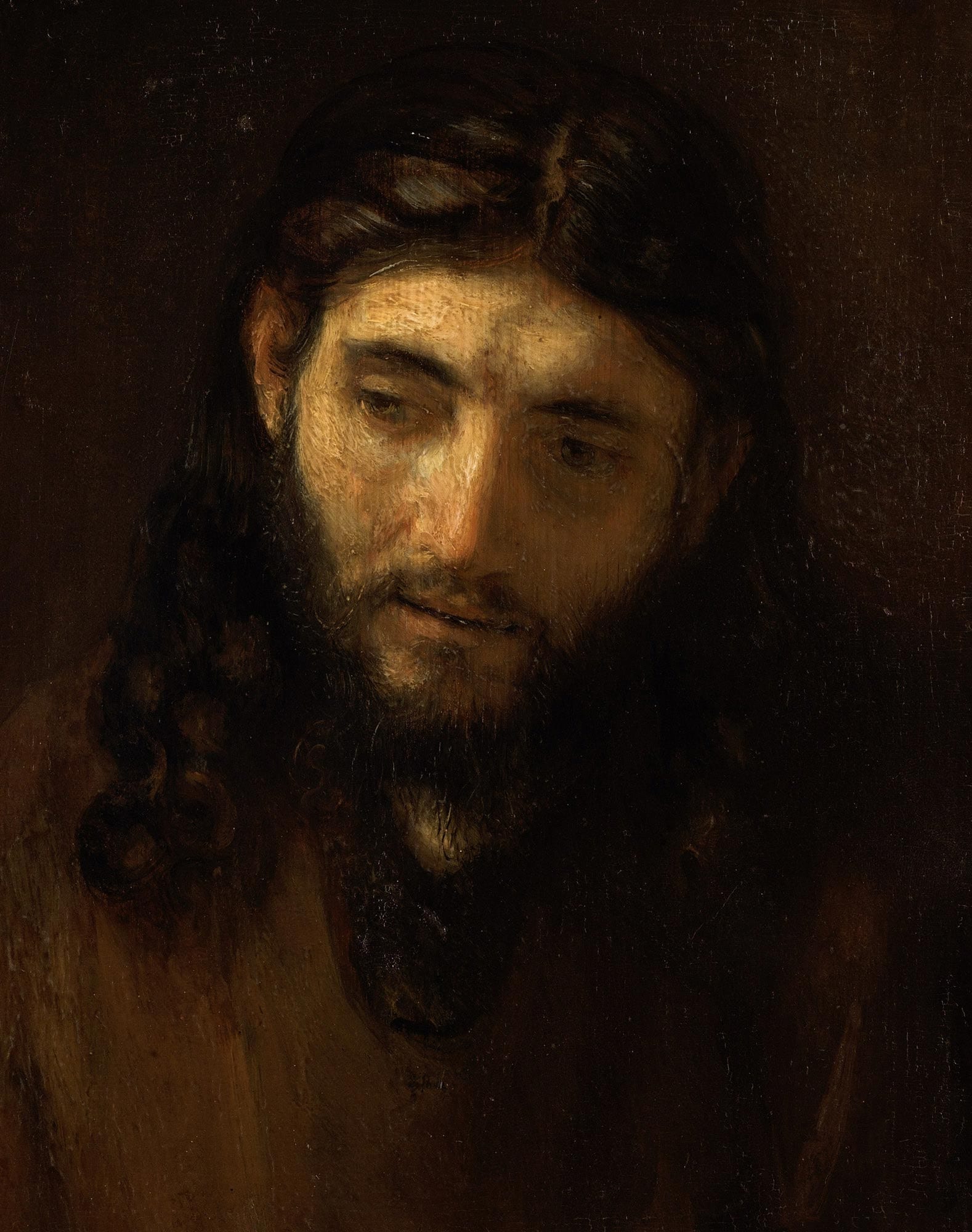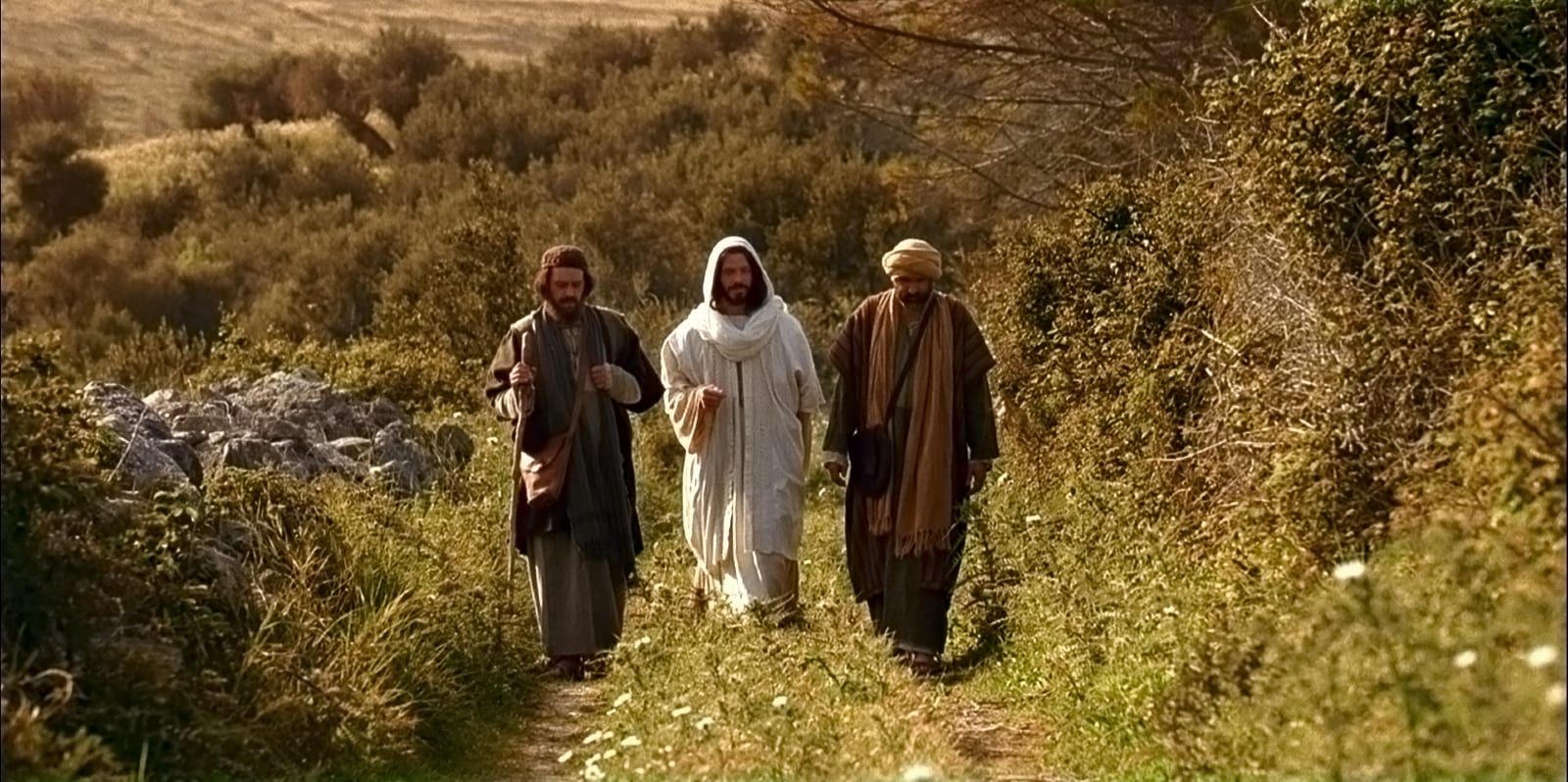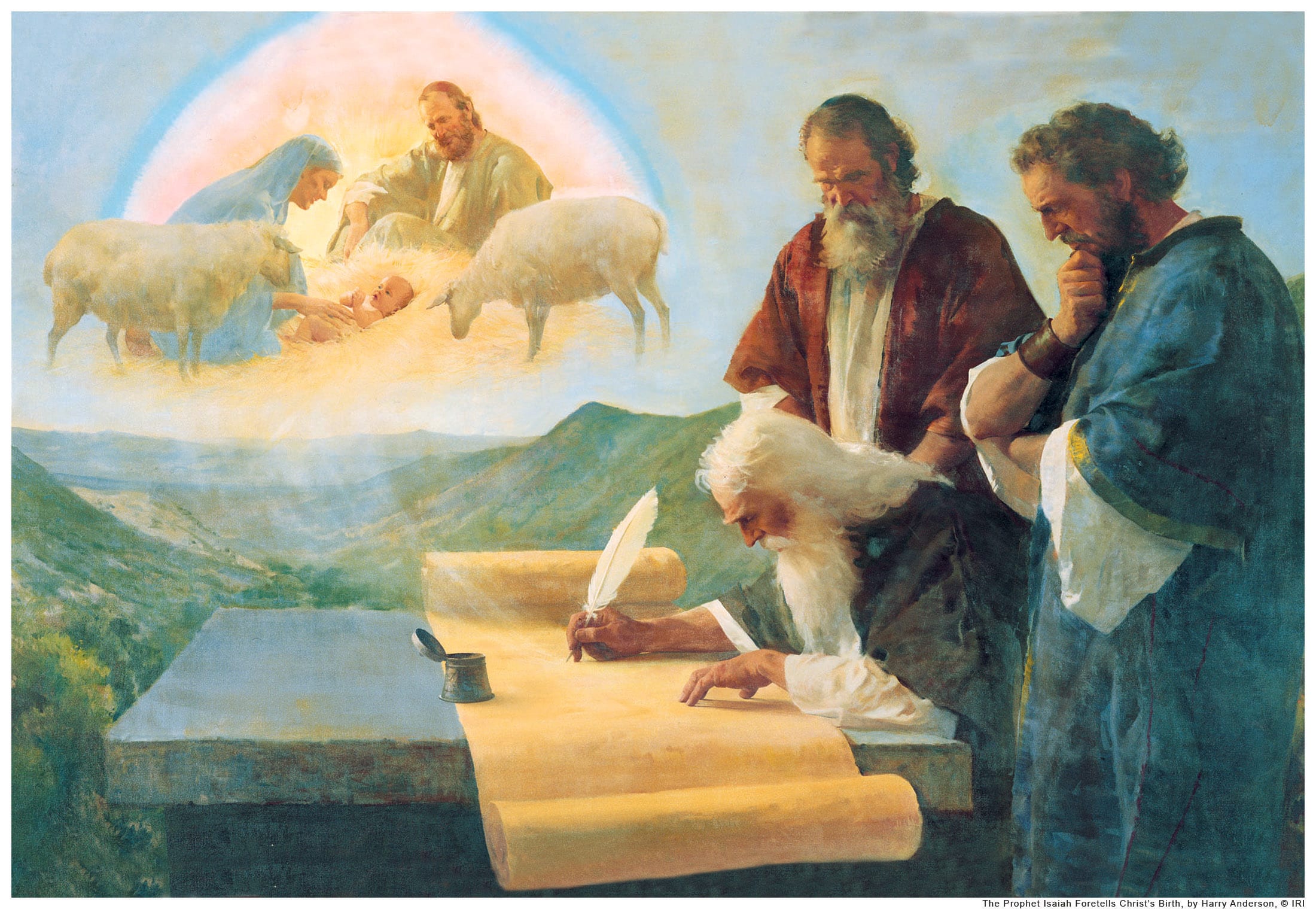
An Old Testament KnoWhy relating to the reading assignment for Gospel Doctrine Lesson 36: “The Glory of Zion Will Be a Defense” (Isaiah 1-6) (JBOTL36A)
Question: The short heavenly vision of Isaiah 6 is almost as difficult to understand as the entire book of Revelation. How might we interpret its symbolism?
Summary:Isaiah 6 is important for two reasons: 1. Historically, it gives us insight into the prophet’s divine commission, received near the beginning of his ministry; 2. Doctrinally, it provides valuable insights into the commissioning of other prophets and individuals who received similar visions. Much of what makes Isaiah’s vision — as well as his prophecies — difficult to understand is his rich poetic imagery, which is often grounded in temple symbolism. This article provides a detailed commentary on Isaiah 6, focused largely on these temple themes. Though none of the temple-related insights are exclusive to Latter-day Saints, their general familiarity with temple doctrines and practices make this chapter more accessible to them than to many other Christians.
The full article may be found at the Interpreter Foundation website: ypKnoWhy OTL36A — How Might We Interpret the Dense Temple-Related Symbolism of the Prophet’s Heavenly Vision in Isaiah 6?






